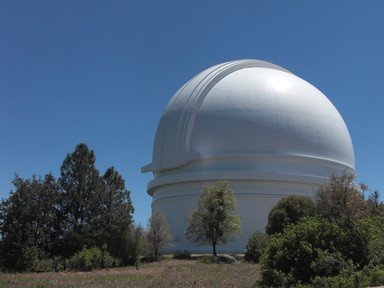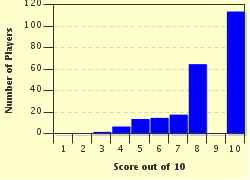
Do You Know Your Measuring Instruments? Quiz
We use many measuring instruments everyday. Some are very commonly used while others are used only occasionally. In this quiz, ten instruments are to be matched with what they measure.
A matching quiz
by genius238.
Estimated time: 3 mins.
